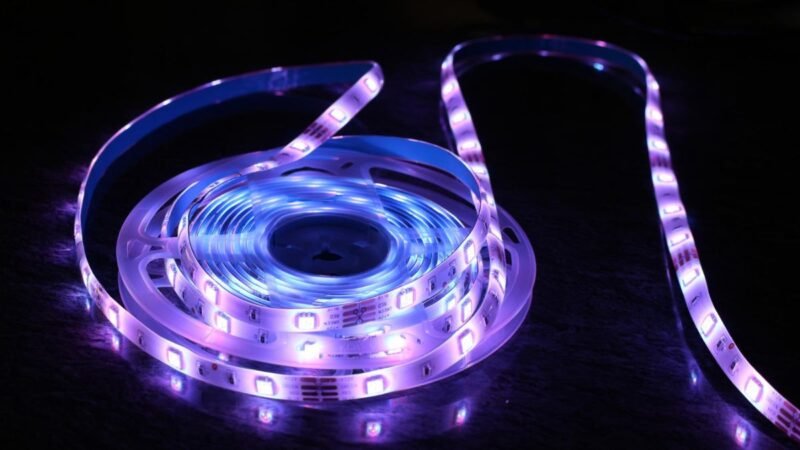How to Easily Add Wireless Charging Pad for Your Car?

Someone who may have installed a wireless charging facility for the home or office would likely ask, “Why has my car not used this way of charging?” Fortunately, incorporating wireless charging in your car is not as complex as one might imagine. It is possible to incorporate a wireless charging pad for your car, especially if it is brand new or relatively new, in a number of ways. Let’s dive into the steps!
Step 1: Check Your Car for Built-in Qi Charging
Before we dive deeper into the process of installing a wireless charging pad, there is one thing—always make sure your car has its own wireless charging feature. Some of the newer car models, particularly those produced in the last two years, have Qi wireless charging pad compatibility. These pads are commonly located in the center console or the tray ahead of the gear shift.
Some car makers, such as Toyota, have been among the pioneers in the adoption of this technology by integrating wireless charging pads for many of their models either as standard equipment or available options. Several automakers, such as Honda, Ford, GMC, Chevrolet, BMW, Audi, Mercedes, and Volvo, have made wireless charging available in some of their vehicles. If you’re lucky enough to own a relatively newer model car, this may just be the simplest process, as all you would need to do is consult your car’s manual to find out whether they had already integrated this into your car.
Step 2: Get a Qi-Compatible Wireless Charging Pad
Do not fret for those who have not yet upgraded to cars equipped with wireless charging capability. There are numerous ways to implement wireless charging in a car that do not necessarily involve spending thousands of dollars. Qi-compatible wireless charging pads are offered by various accessory manufacturers, and most of them are below $50.
A good example of this product is the CHGeek 15W wireless car charger. This charger costs about $30 and comes with a cradle that will hold your phone in place as it charges wirelessly. The charging pad must be positioned in a convenient and easy-to-access area, such as the center console or cup holder, and it draws its power from the car’s power system.
Step 3: Install an OEM Wireless Charger
For a more comprehensive solution, you can try searching for your car’s OEM parts list. Many car models are equipped with an optional wireless charging upgrade package, so even if your specific model did not come with it, you may still be able to locate the part.
If you manage to find the wireless charging pad appropriately compatible with your car’s make and model, you can install it yourself or take it to a mechanic or dealer and have it professionally fitted. Getting an OEM wireless charger could be more complicated than merely fitting a gadget, but it guarantees a perfect fit and proper incorporation into your automobile.
For instance, Honda provides a wireless charging pad that is permanently connected to the fuse box, as illustrated below. This option is much neater and more professional than the previous one and gives your car a factory-fit finish.
Step 4: Create a DIY Wireless Charging Solution
If you are more of a do-it-yourself person, you may need to create a wireless charging solution from scratch. This approach is ideal for those who are up for a challenge and can spare some money in the process. The primary components needed are the induction coils, a small circuit board, and the source of power to drive the circuitry.
These components are available at an affordable cost online; if one is inventive, a home wireless charger’s interior coil can also be used. The idea is that there must be an area on your car’s center console or dashboard where the material is slim enough for the wireless charging coils to operate, ideally with a thickness of 3-4 millimeters.
Once you’ve found the ideal spot, you can run the necessary wires to the fuse box, battery, or even a hidden USB charging port. This way, you have a permanent, in-built wireless charging pad at your disposal. If there is no suitable area, you could expand the center console or swap the thin change tray for a thinner version so that a charging pad can fit well.
Step 5: Enjoy the Convenience of Wireless Charging
After the installation of a wireless charging pad, you will be relieved of cables on the same level as what you feel at home. Forget the nuisance of connecting and disconnecting cables every time you enter and exit your automobile. It is very easy to use; you only need to place your phone on the charging pad, which charges as you drive.
Whether you bought an accessory charger, followed an OEM, or engaged in a DIY project, you can comfortably charge your devices without using conventional methods. Wireless charging is more convenient than the wired system and makes the car look more high-tech.
Final Thoughts
Wireless charging for cars has become easy to add as a feature. If you have a car equipped with a charging pad or you are going to install an accessory or OEM solution, it is very easy. However, if you fancy taking on a challenge, it is an opportunity to complete a home improvement project that will be both satisfying and economically beneficial in the long run.
Well, why not indulge in wireless charging on the go and avoid any hassle? With just a few procedures, you can avoid cables and have worry-free charging in your car. It’s really easy and worth the effort!
Also Read: My messages on Instagram are purple; how do I change them back to grey?


